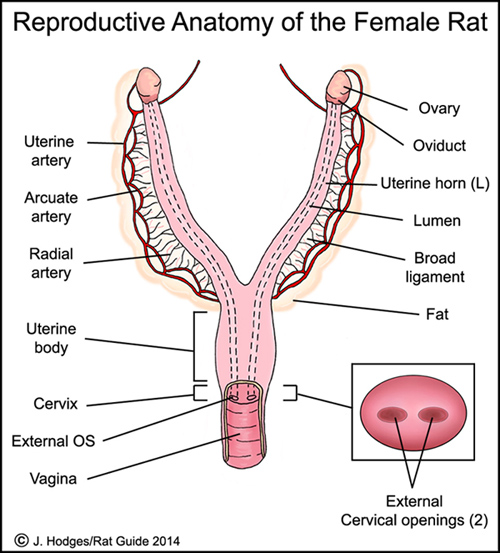Figure 3a: Diagram of female rat reproductive anatomy

|
Diagram depicts:
Ovaries
The ovaries are located at the distal end of the uterine horns near the kidneys. The oviducts connect the ovaries to each horn of the uterus. The ovaries produce the ova, also called the egg, and certain hormones.
Uterus
Rats have a uterus consisting of the right and left cornua (horns) referred to as a bicornuate uterus. This structure enables the rat to have multiple offspring. The horns of the uterus come together to form the vagina.
Cervix
Each uterine horn has its own cervix. The cervixes are located where the uteri connect to the vagina. Each cervix has strong thick walls.
The opening of the cervix is very small but expands to allow birth. Its purpose is to protect the uterus. See: “insert” in diagram above.
Vagina
The vagina is the short muscular canal that leads from the female rat’s uterus to the outside of the body. It lies below the urethra. The vaginal walls are lined with mucous membranes which keep it protected and moist. The vagina serves as the birth canal and also as the orifice for the acceptance of sperm during mating.
Consultant: Anthony Pilny, DVM, DABVP
Artist: Joanne “Bella” Hodges


